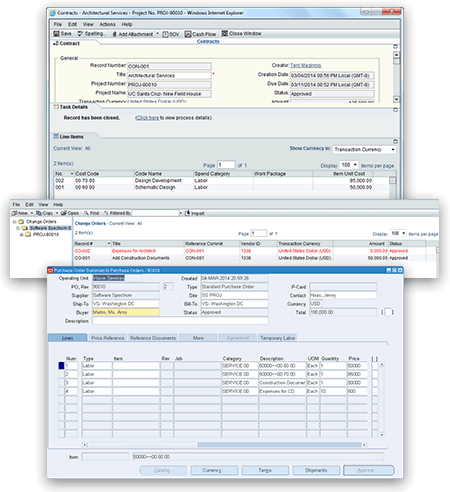What defines a project-driven organization?
Project-driven organizations were first depicted by the Project Management Institute (PMI) back in the 90s as being structured to facilitate the planning and management of projects, focusing on making changes to the organization’s products and services through successfully completing these projects. In the early 2000s, PMI later described project-driven organizations as businesses structured around pursuing, planning, and delivering projects. What was the purpose of this business classification?
The difference between a project-driven organization and other organizations is that when you expose the functional structure of the business, you might as well be comparing apples and oranges.
In the early 2000s, the evolution continued. PMI later described project-driven organizations as businesses structured around pursuing, planning, and delivering projects in the early 2000s. Yet, many of these organizations still needed to understand how to structure themselves to create a strategic advantage from how they deliver projects. Why? Many organizations within project-based industries create “temporary systems” for carrying out their work, including construction, oil, gas, aerospace, government, high technology, transportation, etc. Because of the nature of project-driven businesses, their focus should be aligning around projects individually instead of rolling things up through finance via the GL.
Where we are today.
Organizations have been improving manual processes and reporting capabilities by developing or adopting the latest technologies (some industries have been quicker to adapt than others) – making strides in the overall project-based methodology. However, while technology has been a central element in the evolution of projects, there’s still a considerable disconnect between departments.
Organization managers, financial managers, and project managers have access to state-of-the-art tools to automate their daily project tasks, giving them a strong foothold in each phase of the project lifecycle. Theoretically, these technologies ensure that each project runs on time and within budget while providing certainty that the company has the resources and materials to continue in the project’s trajectory toward success. However, the lack of communication between teams and systems is still as prevalent as it was back in the 90s.
A failure to communicate and share up-to-date information has always been the Achilles heel of projects:
- Project timeline delays
- Project overruns
- Inability to be agile to the customers’ needs
- Underutilization of resources
- Project risk due to inaccurate or outdated information
- Faulty reporting
Whether you are working on multi-million to multi-billion dollar projects, PMOs should link the enterprise-wide organizational strategy directly to project success – creating a dance between essential stakeholders, departments, contractors, and vendors along the entire lifecycle of each project. While project managers have access to leading Financial Management technologies (such as Oracle ERP Cloud, E-Business Suite, Workday, and SAP ) and Project Management and Execution technologies (such as Primavera, Kahua, and Procore), these technology ecosystems do not natively integrate to provide a single source of project truth.
How is Connected Project Information Possible?
One might think that a Cloud Enterprise Resource Planning (ERP) system might be the answer – unfortunately, it is not. Cloud ERP’s purpose is to provide users access to business information in real-time, from anywhere and on any device – not project information. And for project-driven organizations, that is a big gap that should not be ignored.
Let’s look at two of the most widely used disparate project management systems employed by project-driven organizations:
- Oracle E-Business Suite (EBS) Projects: used for your project’s financials
- Oracle Primavera Enterprise Project Portfolio Management (EPPM): used for your project’s operations
Both are from the same organization and provide critical information for project success on different sides of the house, yet do not natively integrate to provide a complete, real-time view of your project status. However, to provide an integration such as the one proposed above, the tool would have to: capitalize on project management tools while simultaneously enforcing necessary business and accounting rules in your project financial systems. Ultimately, the integration would provide business flows and establish synchronized data that would have otherwise never been possible, even if Oracle ERP Cloud was in place.
Good news: the technology exists today.
Project Partners’ OP3 was the world’s first Oracle-validated integration platform developed to provide a critical link between disparate systems and has evolved to integrate various cutting-edge project technologies.
Use Case Workflow: Purchasing and Payables Integration
- Purchase Orders and Contracts for this customer are initiated using business processes in Primavera Unifier and synchronized to the Oracle Purchasing module as purchase orders with the related project and cost code information via OP3.
- Vendor information is maintained in Oracle E-Business Suite and synchronized with Unifier to enable issuing Purchase Orders and Invoices to those vendors in Unifier.
- Invoices are created in Unifier and transferred to Oracle Payables.
- Payment confirmation details are transferred to Unifier via OP3 upon approval in Payables to complete the payment lifecycle process.
Click HERE to read the full customer story.

